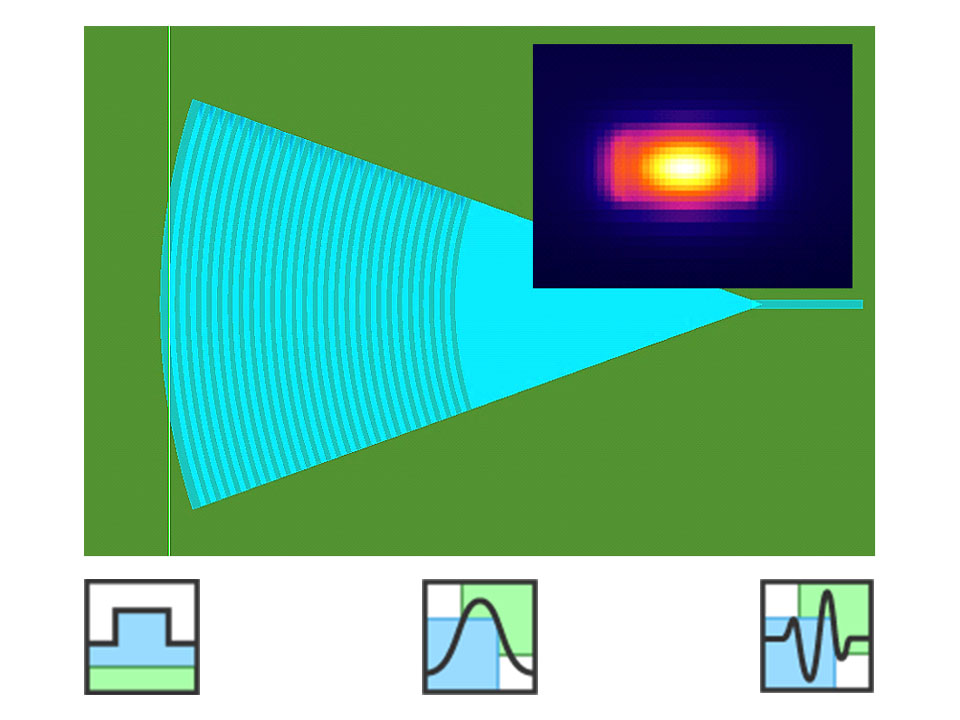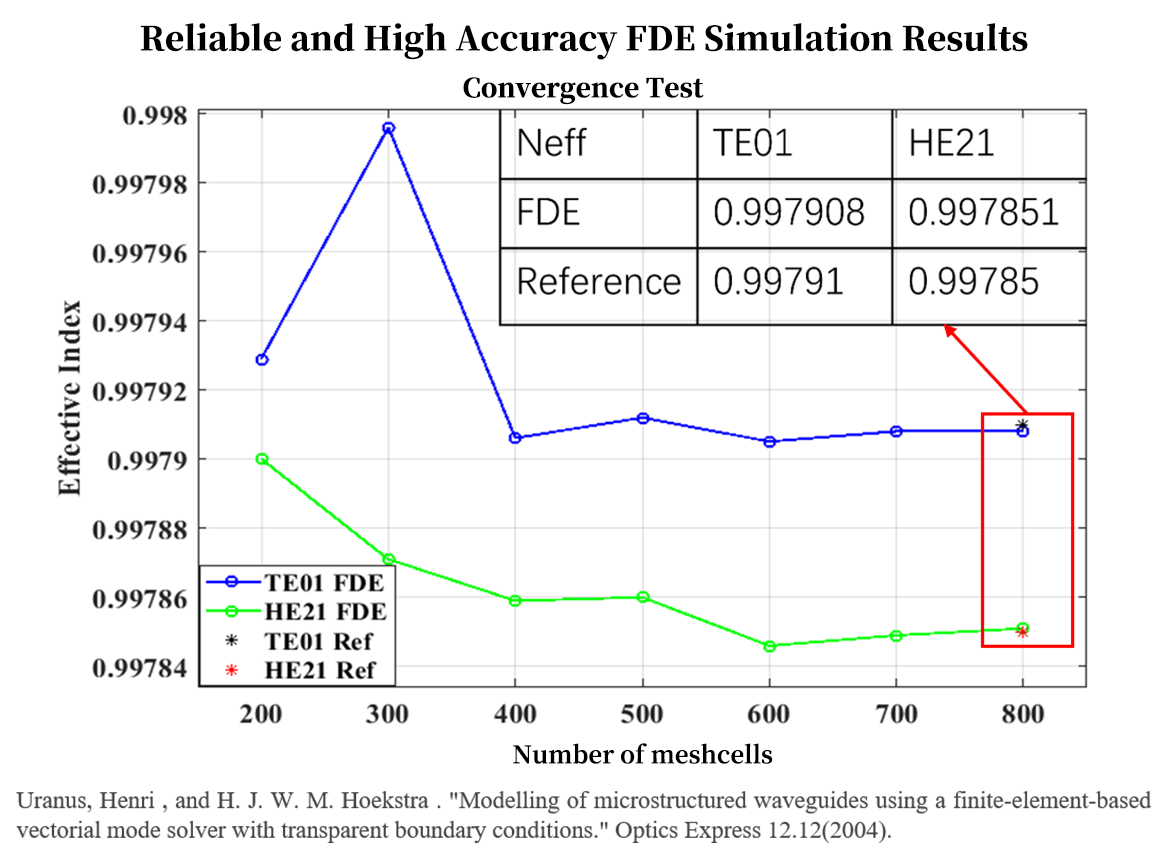Contact Number
Email
 Enterprise WeChat
Enterprise WeChat WeChat Service Account
WeChat Service Account
 Wechat Channels
Wechat ChannelsWith the significant progress of high-performance computing technology, computational electromagnetics is developed rapidly to allow the increasing capabilities to accurately resolve the complicated electromagnetic issues on large scales. Relying on the long-term technology accumulations, SimWorks launched Finite Difference Solutions which uses an intuitive operation interface to create virtual experiments, reproduce complex nano-photonic phenomena, predict unknown nano-photonic behaviors, and analyze and optimize complicated structures or materials. Therefore, we provide users with a complete set of professional numerical solutions to optoelectronic problems.
Compared with the traditional analytical method, SimWorks Finite Difference Solutions with a wide range of applications can significantly reduce the research difficulties, shorten the development cycle, and greatly promote the development of micro-scale Optoelectronics. So SimWorks Finite Difference Solutions is a powerful tool for the optoelectronic design community.

Since the electromagnetic problems to be resolved in the real world are extremely diverse and complex, various numerical algorithms are proposed in the computational electromagnetics. Due to the specific characteristics and limitations of each algorithm, the most optimal algorithm is required to be selected based on the characteristics of the specific issue. Currently, three algorithms are integrated into our platform:
FDTD, which converts Maxwell's curl equations in time domain into a discrete form of differential equations, can achieve the analysis of transient electromagnetics effects for the problems with high frequency (ultraviolet, visible, infrared, terahertz, and microwave), complex structures (micro-nano-size or sub-wavelength structures), and complex material models.
Based on the differential form of Maxwell's equations in frequency domain, FDFD, which converts Maxwell's equations at the fixed frequency into the matrix form of Ax = b, can solve the issues of the waveguide S-parameters, spectrum of resonant cavity, scattering characteristics, etc.
Based on the differential form of Maxwell's equations in frequency domain, FDE, which resolves the eigenmodes of structures at the defined frequency, becomes an indispensable tool to solve problems of large-scale integrated planar optical waveguides, long-distance transmission devices and various novel optical fibers.


The applications supported by the software include, but are not limited to:
The software has further upgraded the solver algorithm, and the simulation speed is at the leading level in the industry. The company has deeply studied parallel computing technologies such as OpenMP, CUDA, MPI, AVX, and is committed to improving the computing power and speed of products, improving simulation efficiency, and saving the time from equipment design to landing. Under the same computing resources for the same project, our simulation speed is about 50% higher than other mainstream products in the same industry. On this basis, using the cloud computing platform for computing, the speed can be further increased by 15 to 40%. Under the premise of ensuring the accuracy of the calculation, the simulation efficiency has been improved by leaps and bounds.


Our company continuously optimizes the software algorithms, making our software's simulation accuracy far superior to similar domestic products. We are committed to providing users with more stable and reliable simulation results. By conducting in-depth research on finite difference algorithms and following the trend of algorithm development, we continuously improve the accuracy of simulation calculations. Under the same settings, the calculation accuracy of our solvers is completely the same as that of the world's top software.
The accuracy of the SimWorks solver can be verified through the following two cases. In the FDTD solver, for a 1x2 multi-mode interference coupler, theoretically, the transmittance of the two symmetrical output ports should be equal. This can verify the accuracy of the FDTD algorithm. As shown in the figure below, SimWorks' FDTD algorithm demonstrates extremely high computational accuracy, with a difference in transmittance between the two ports being negligible. In the FDE solver, the modes of the hollow photonic crystal fiber are solved. This structure is highly sensitive to small variations in mesh size, and can be used to verify the accuracy of the algorithm. After convergence tests, we can obtain stable solutions. The relative error between the SimWorks results and the literature is only 0.0001%, demonstrating the high accuracy of the SimWorks' FDE algorithm.


The software supports:
